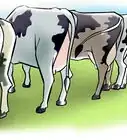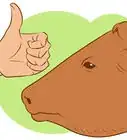This article was co-authored by Karin Lindquist. Karin Lindquist earned a BSc in Agriculture as an Animal Science major from the University of Alberta, Canada. She has over 20 years of experience working with cattle and crops. She's worked for a mixed-practice veterinarian, as a sales representative in a farm supply store, and as a research assistant doing rangeland, soil, and crop research. She currently works as a forage and beef agriculture extension specialist, advising farmers on a variety of issues relating to their cattle and the forages they grow and harvest.
This article has been viewed 251,973 times.
Breeding beef cattle involves producing offspring that are primarily used for the beef market. Fundamentally, it's all about getting cows bred to produce calves to sell either for beef or replacements.
Steps
-
1Begin by starting up a beef cow-calf operation. Follow the steps provided in the article linked in this step.
-
2Buy your cows and/or your herd bull. Buy the quality of cows that meet your standards, as far as having a good breeding herd is concerned.
- Your herd bull should be selected to improve your herd, as he will be providing half of the genetic potential of your calf crop. Knowing conformation at this point will really help in determining how good a herd bull is needed.[1] Fertility and live calves are key to profitability. One live calf is worth more than 100 dead ones. A bull that sires calves that are larger than your cow can safely give live birth to is economic suicide.
Advertisement -
3Choose your breeding program. There are two types to choose from, and both can be integrated into the other, if you so choose.
- If your herd is too small to have a herd bull or you do not want to have to deal with bulls, use artificial insemination to breed your herd.
- If you have a herd of 10 or more cows and you do not want to go the extra mile of having to AI them, a good herd bull is the way to go. The rule of thumb is 1 bull per 25 cows. High fertility bulls with high libido can service 50 cows with no drop in conception rates. Bulls reach peak fertility by 20 months of age, after 20 months of age it can only drop, barring illness or injury, with proper nutrition most bulls fertility will not start to decline until after 6-7 years of age.
-
4Breed your cattle. Know when your cows go into estrus, when they're ready to breed, and go from there.[2]
- If you are using a herd bull, you will not need to worry about when your cows go into heat, only when they have been bred for record keeping.
- Follow the steps outlined in the article "How to Artificially Inseminate Cows and Heifers" to know how and when to AI your bovine females.
-
5Monitor your bulls and cows during breeding season. If you have one too many bulls for your herd, there may be more fighting than mating.
- Running bull[s] under 4 years of age with older bull[s] may prevent cows from being serviced by the bull with the highest fertility. Other times you may end up with a bull that has a broken penis, a leg/foot injury, or that just doesn't seem to be getting the job done.[3]
- Monitor the cows as well. If you see tails being held out or crooked tails when they're walking, that means they've been bred within the 24 to 48 hours you first noticed that physical sign.
-
6Pull the bull[s] out 64 to 85 days after they've been put in. Unless you choose to do year-round breeding and calving where the bulls are in with the cows all the time, pulling the bulls out after 2 to 3 months both ensures that all your cows get 3-4 chances of being covered and is also not long enough for your less fertile females to get away from being culled.
Community Q&A
-
QuestionHow many of my heifers should I breed in 90 days?
 KarinTop AnswererPreferably, and ideally, every single one. Any heifer that doesn't get bred within that time should be on the short-list for culling because they're going to slow you down as far as productivity is concerned.
KarinTop AnswererPreferably, and ideally, every single one. Any heifer that doesn't get bred within that time should be on the short-list for culling because they're going to slow you down as far as productivity is concerned. -
QuestionIs it ok if a bull breeds back his own offspring?
 Community AnswerWait at least 1 year before breeding offspring. Try not to over-breed a line, instead introducing new bulls in every several generations.
Community AnswerWait at least 1 year before breeding offspring. Try not to over-breed a line, instead introducing new bulls in every several generations. -
QuestionCan you put a bull in with a cow right after it has its calf?
 Community AnswerNo. You must let the cow have a rest and recovery period of 60 to 90 days after calving before breeding again. This allows their uterus to get back into its normal pre-fetus shape, and lets them get back into their normal estrus cycling. Their estrus cycling will be out of whack immediately after calving.
Community AnswerNo. You must let the cow have a rest and recovery period of 60 to 90 days after calving before breeding again. This allows their uterus to get back into its normal pre-fetus shape, and lets them get back into their normal estrus cycling. Their estrus cycling will be out of whack immediately after calving.
Warnings
- If you have more than one bull in your herd, there's a risk that there may be more fighting than mating, and a risk that one or more of your bulls may be injured or even killed. This often occurs when there are too many bulls in a cow herd, or when you have two bulls that are the same age and size as each other.
- Be super careful around bulls during this time of year. Hormone levels are raging like crazy, and you don't want to get caught in the wrong place at the wrong time!! Some bulls can be more dangerous than others, but no bull should be trusted.
⧼thumbs_response⧽ - If you are choosing AI, you have to remember that there is only a 60 to 70% success rate using this type of breeding method.
- Using a clean-up bull is best to increase this success rate in your cowherd, and minimize the number of times your AI tech has to come out to re breed your cows.
⧼thumbs_response⧽


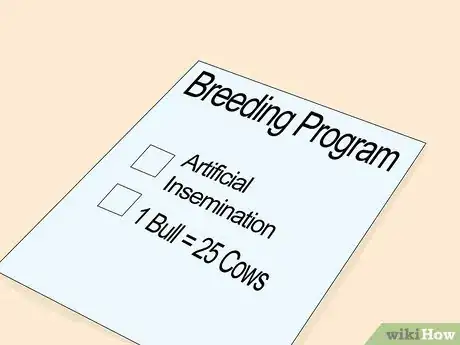
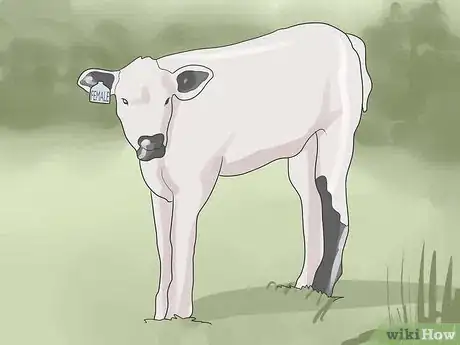
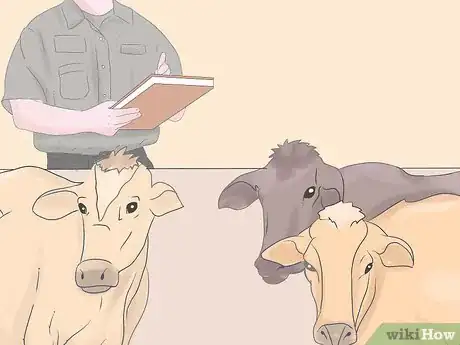
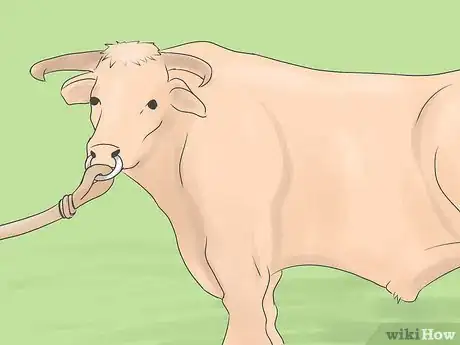
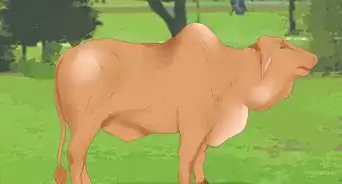


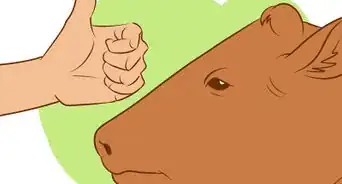
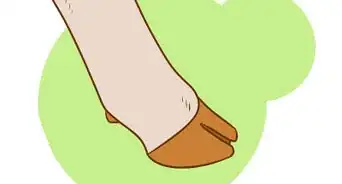

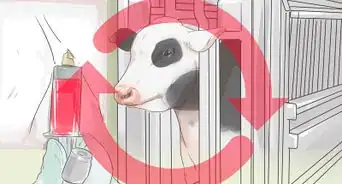
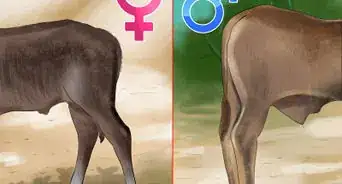

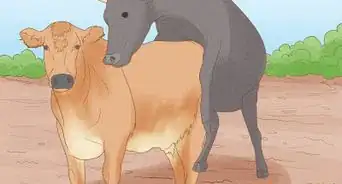
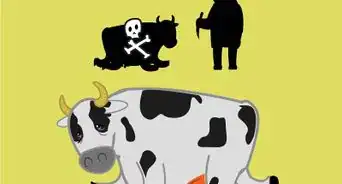
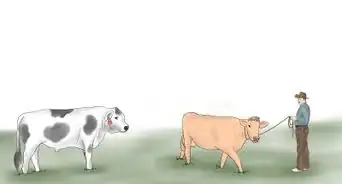
-in-Cattle-Step-6.webp)










